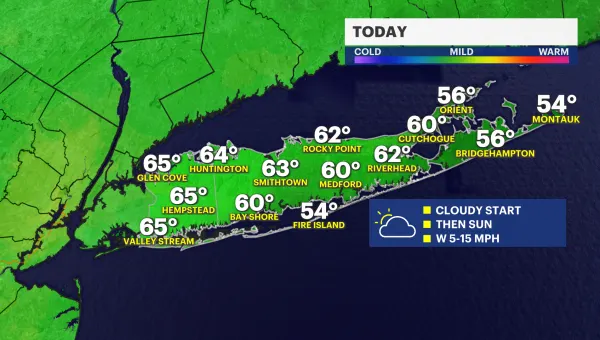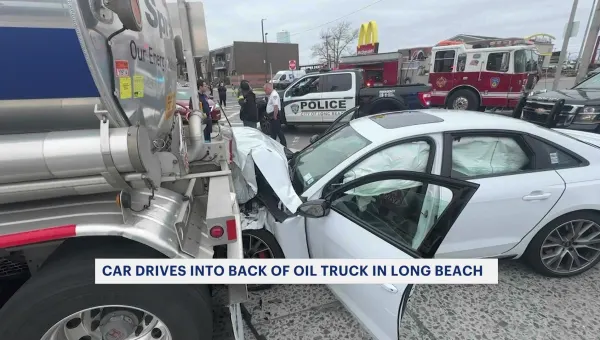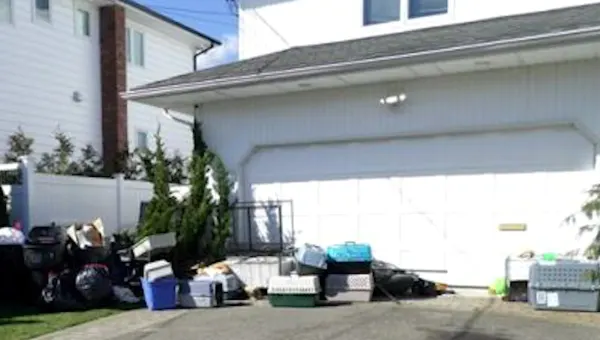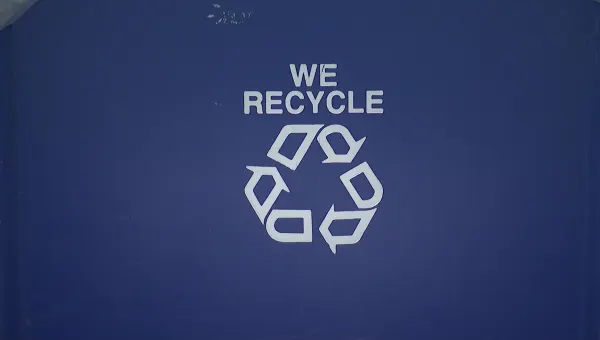7 years after Sandy, rebuilding continues - but should it?
Digital Meteorologist Geoff Bansen spoke with an award-winning local real estate columnist about the lessons learned after Sandy, and what must be done going forward to stay ahead of the next big storm.
News 12 Staff
•
Oct 30, 2019, 12:27 PM
•
Updated 1,634 days ago
Share:
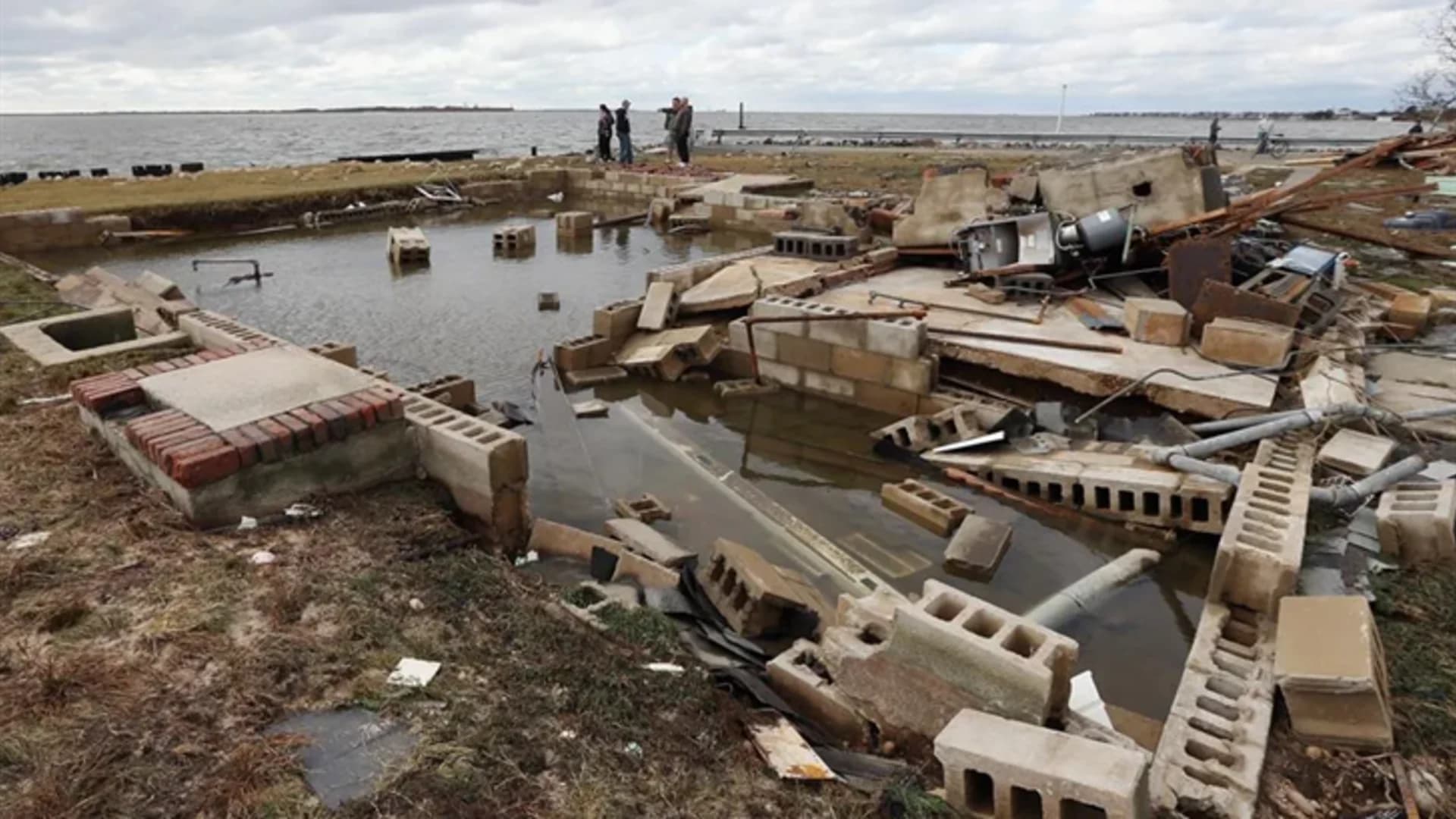
It has now been seven full years since Sandy thrashed the tri-state area. The worst destruction was at the shoreline, where tides around 10 feet above normal led to historic coastal flooding. In the time since, residents have shown mettle and resiliency in rebuilding and overcoming. But after seeing the devastation that one storm caused, should we continue rebuilding on such fragile land along the water? And are we any more prepared for another Sandy-level storm now then we were before?
These are questions that real state columnist and Stony Brook University public policy professor Richard Murdocco would answer ‘no’.
“While we are more hardened and more aware of the impacts of a storm like Sandy, it is my thought that we are not prepared for the next big storm seven years later," Murdocco says. "There is still much work to be done, and what it comes down to is that we are still building in Long Island’s flood plains and flood zones. In my work, I have argued that we have let real estate interest continue in areas where it shouldn’t.”
When I asked him about resolutions such as raising the foundations of properties in low-lying areas, he stressed that these are only short-term stopgaps.
“It really depends on the timeframe. Will it help a family get back on their feet financially within five years? Yes, more than likely. It will help mitigate any flood damage in that time," he says. "But in the long-term, and as a regional planner you have to think 10-20+ years, we are likely to see another storm. Our coastal landscape is changing and we have to begin adapting.”
Murdocco goes on to say that decisions to continue building and rebuilding are “emotional” in many cases.
“Long Islanders are inherently drawn to the water; we’re surrounded by it," says Murdocco. "There’s nothing like waking up to a sunrise over the Great South Bay or Long Island Sound, and there’s a reason why waterfront property is still so valuable. So anytime you have people deciding where to live and raise their families, often investing a substantial amount of money, it can certainly factor into some of this decision making. In some cases, you have people who are in a financial bind because they can’t afford to leave these storm vulnerable areas. The only incentive they are being given is to rebuild and hopefully rebuild wiser in anticipation of future events.”
Despite the unwillingness of many Long Islanders to reconsider their local habitat, he says that the decision isn’t squarely on them.
“The issue is that we still have land-use codes from the 1950s that enabled the construction in these areas. And now the land-use pattern is physically set, and it’s very hard to disrupt that. Once a subdivision is built in, say, Baldwin Harbor, how are you going to displace the hundreds of residents who live there? You need somewhere to put them, and on top of that you need money to fund that transition to a less vulnerable area. So, we’re kind of between a rock and a hard place.”
Murdocco says that steps in the right direction have been made, but there is still much work to be done.
"We have positive examples regionwide. There is more inter-municipal cooperation since Sandy. For instance, the town of East Hampton is considering moving Montauk’s downtown in advance of further storms. Unfortunately, progressive ideas such as this are often overshadowed by municipalities that are acting in their own self-interest to the detriment of the region. Long Islanders have to realize that we are vulnerable because we are in the Northeast, and a lot of people don’t think of these old-school New England hurricanes. Whenever they think hurricanes, they think Gulf Coast, Florida, the Carolinas. But we are jutting out into the Atlantic Ocean, and especially with reports of the ocean warming and fueling some of these storms further north than before. And it doesn’t even have to be a tropical system, we have seen these worsening coastal flood problems with nor’easters and blizzards as well. And if this is going to be the new norm, we must begin to have regional cooperation and preparation.”

